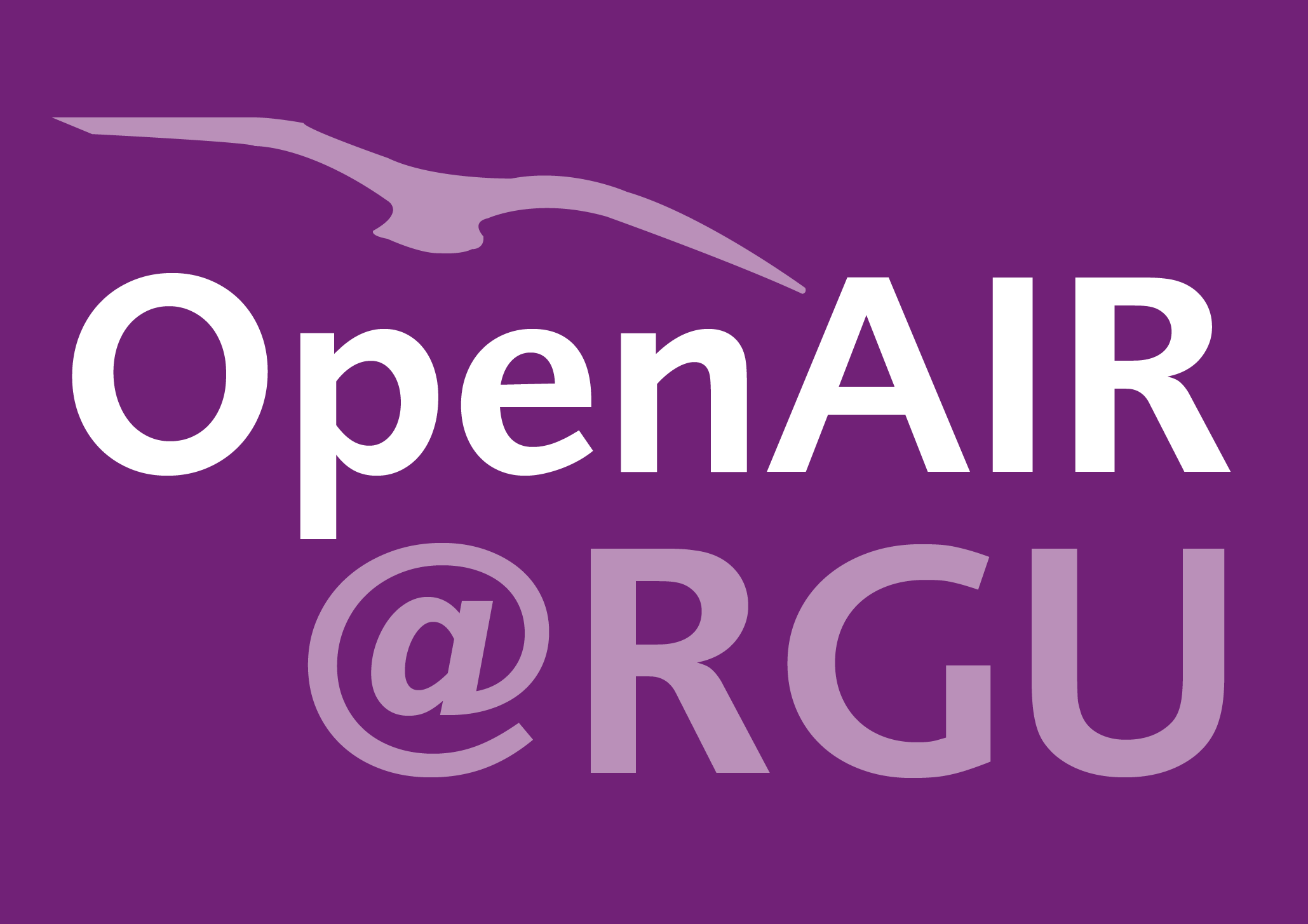Explaining a staff rostering problem using partial solutions.
(2024)
Presentation / Conference Contribution
CATALANO, G.A.P.I., BROWNLEE, A.E.I., CAIRNS, D., MCCALL, J.A.W., FYVIE, M. and AINSLIE, R. 2025. Explaining a staff rostering problem using partial solutions. In Bramer, M. and Stahl, F. (eds) Artificial intelligence XLI: proceedings of the 44th SGAI (Specialist Group on Artificial Intelligence) International conference on artificial intelligence 2024 (AI 2024), 17-19 December 2024, Cambridge, UK. Lecture notes in computer science, 15447. Cham: Springer [online], part II, pages 179-193. Available from: https://doi.org/10.1007/978-3-031-77918-3_13
There are many critical optimisation tasks that metaheuristic approaches have been shown to be able to solve effectively. Despite promising results, users might not trust these algorithms due to their intrinsic lack of interpretability. This paper de... Read More about Explaining a staff rostering problem using partial solutions..
